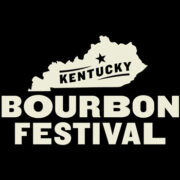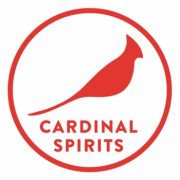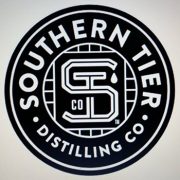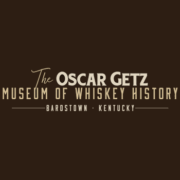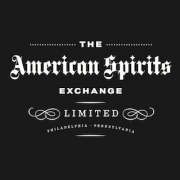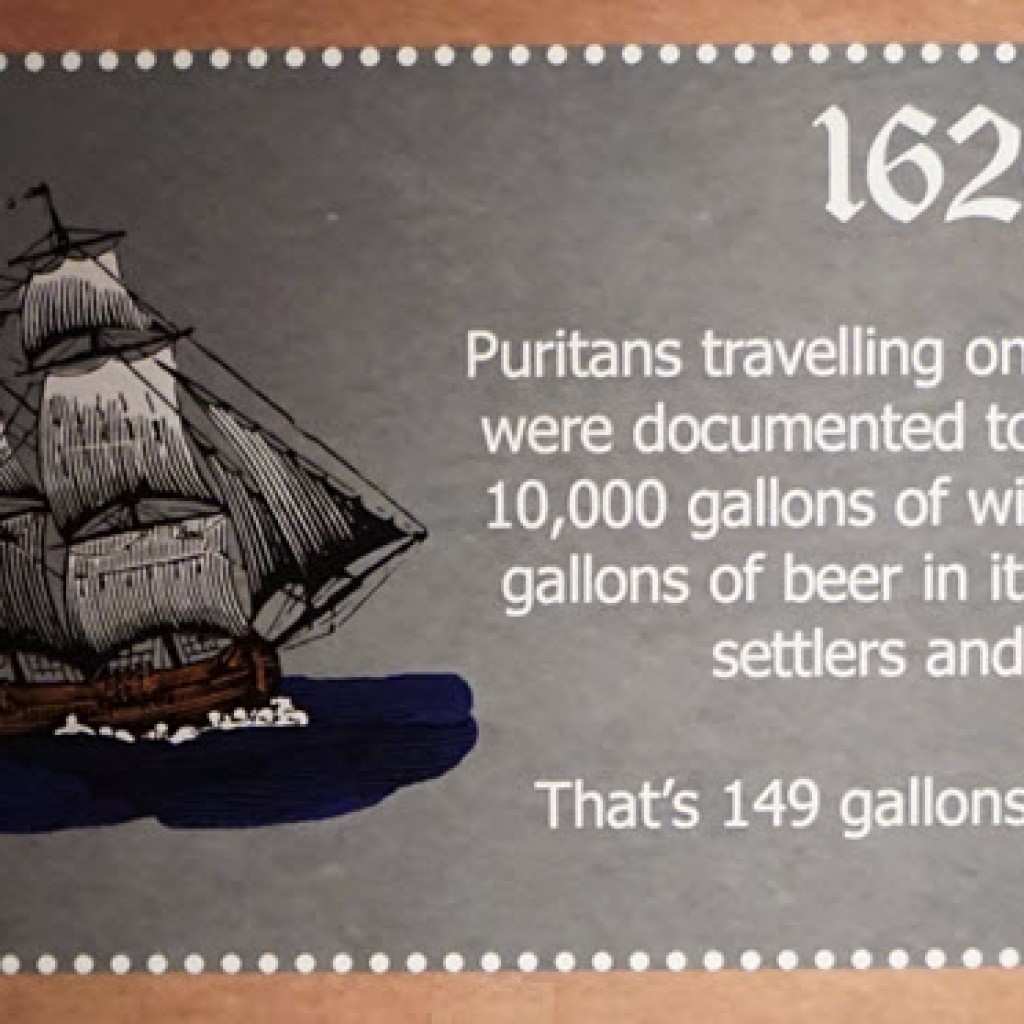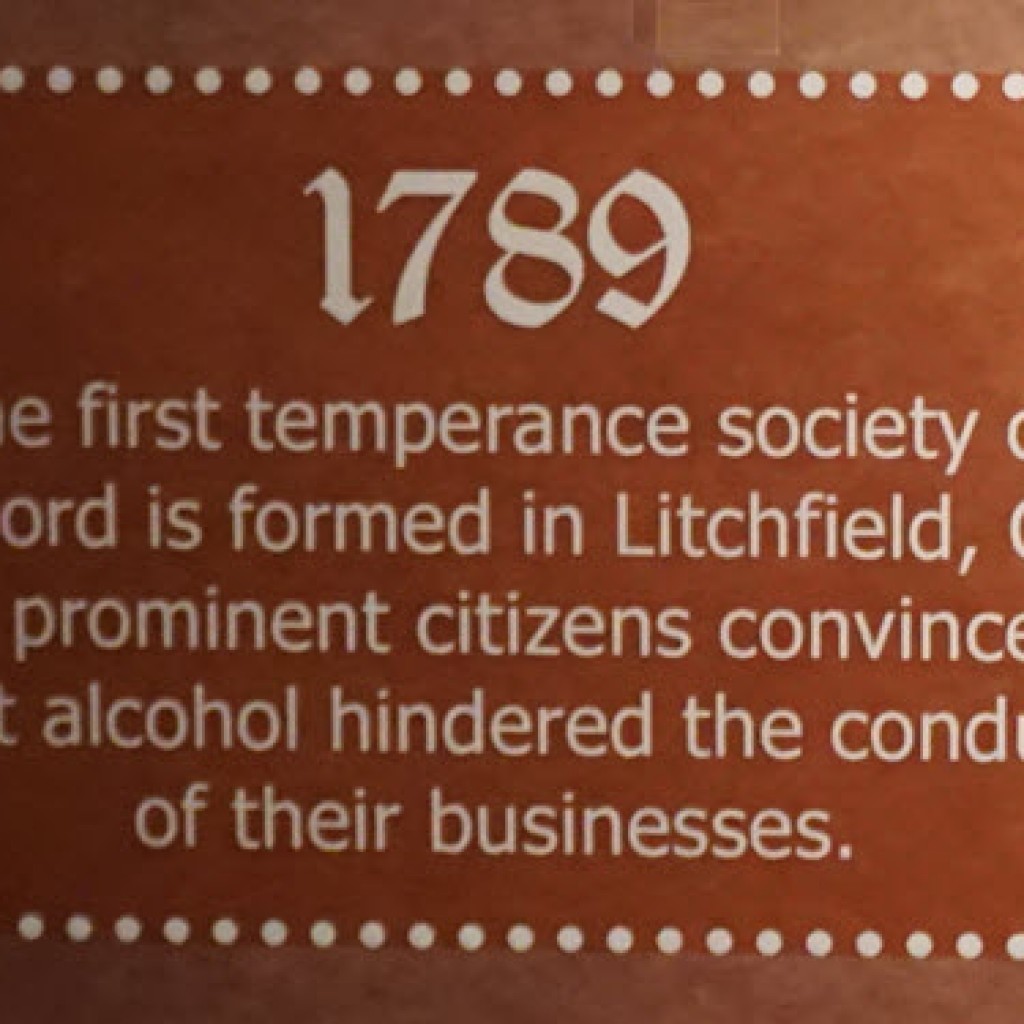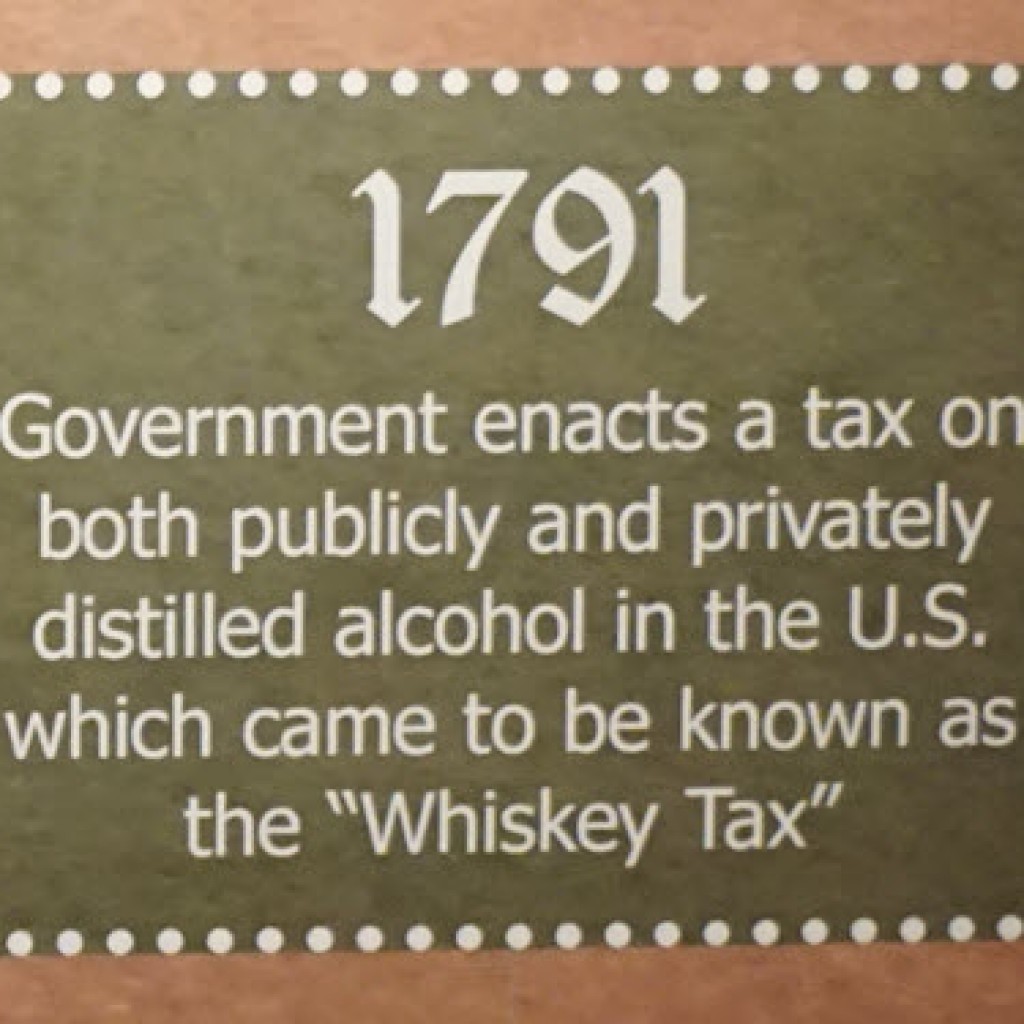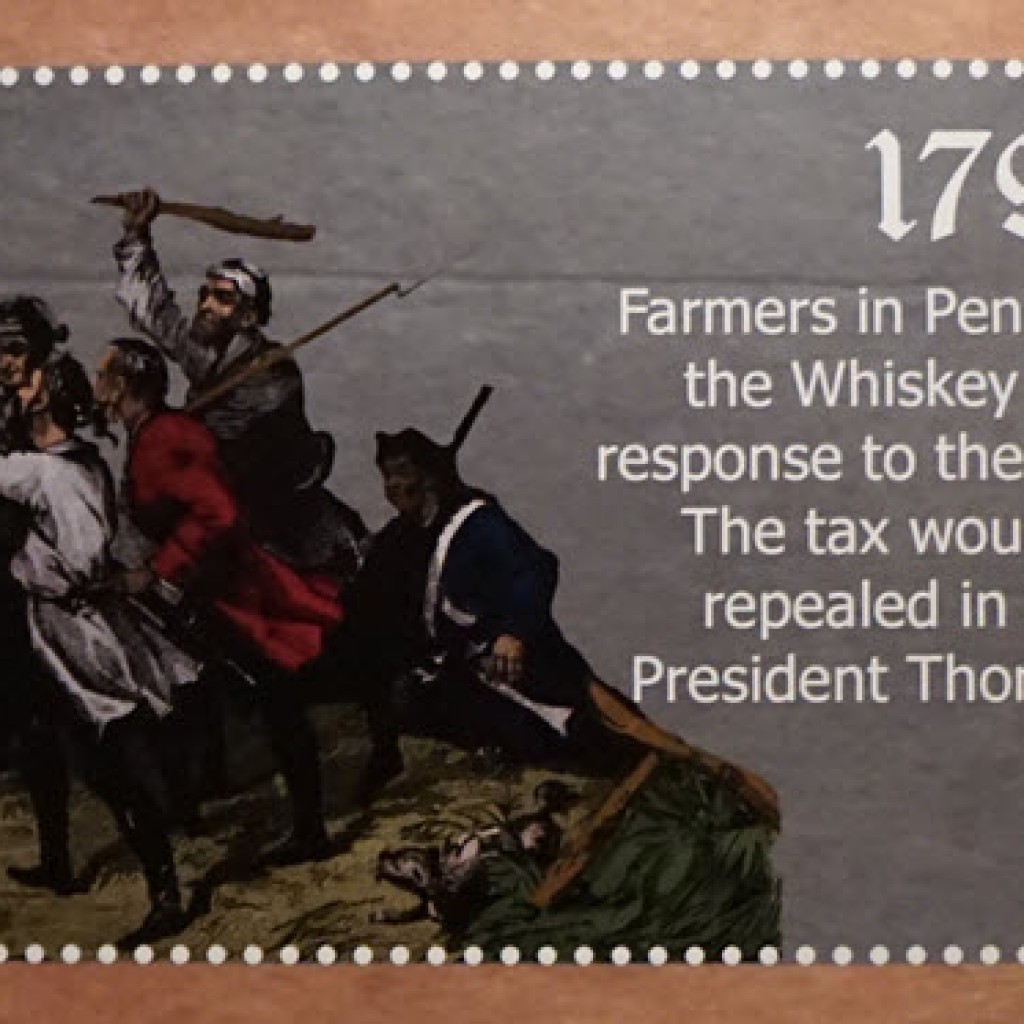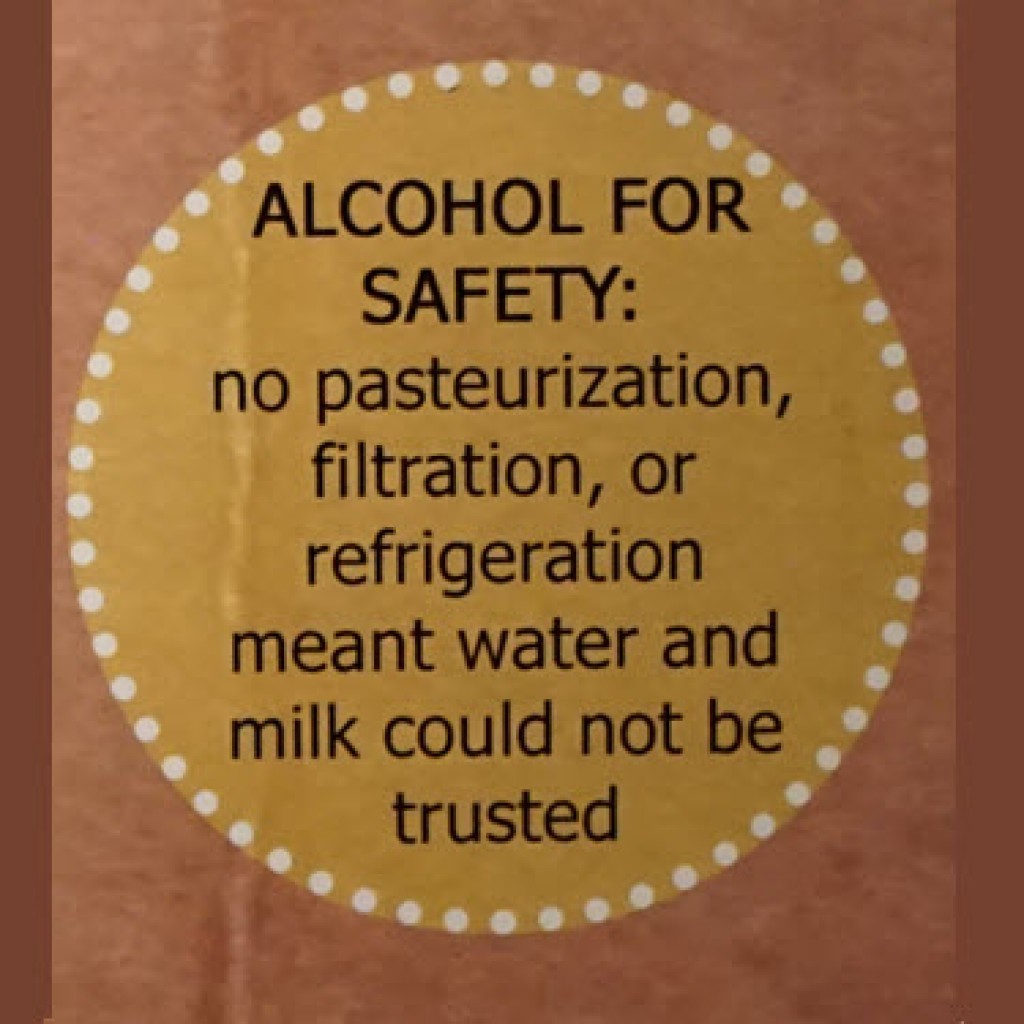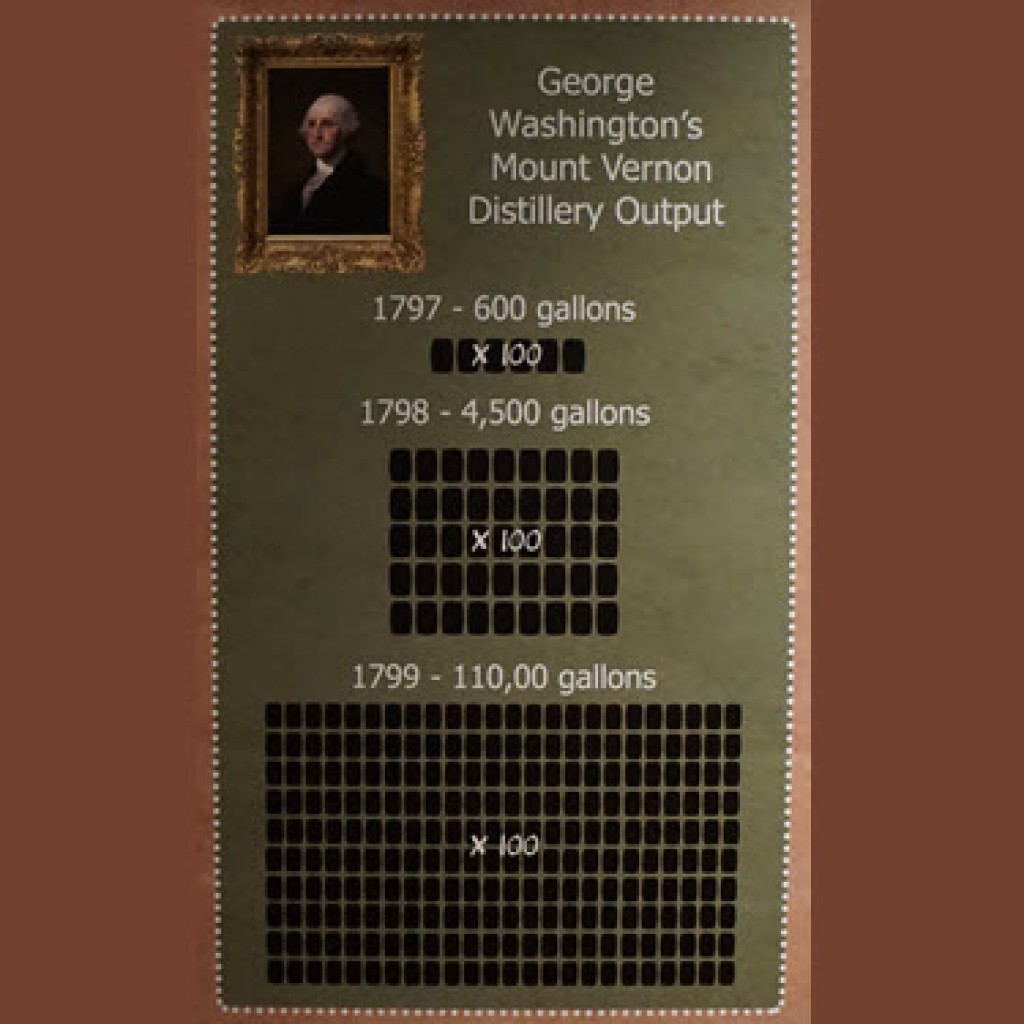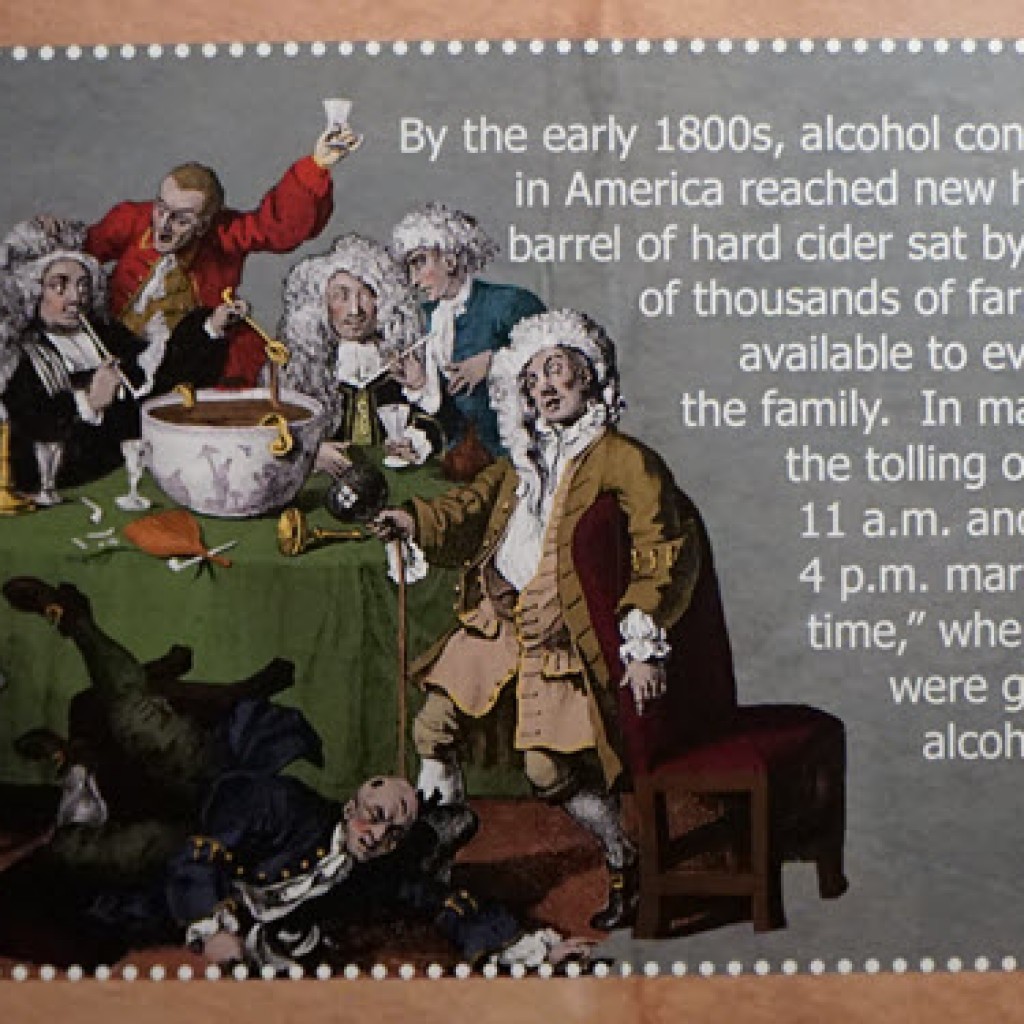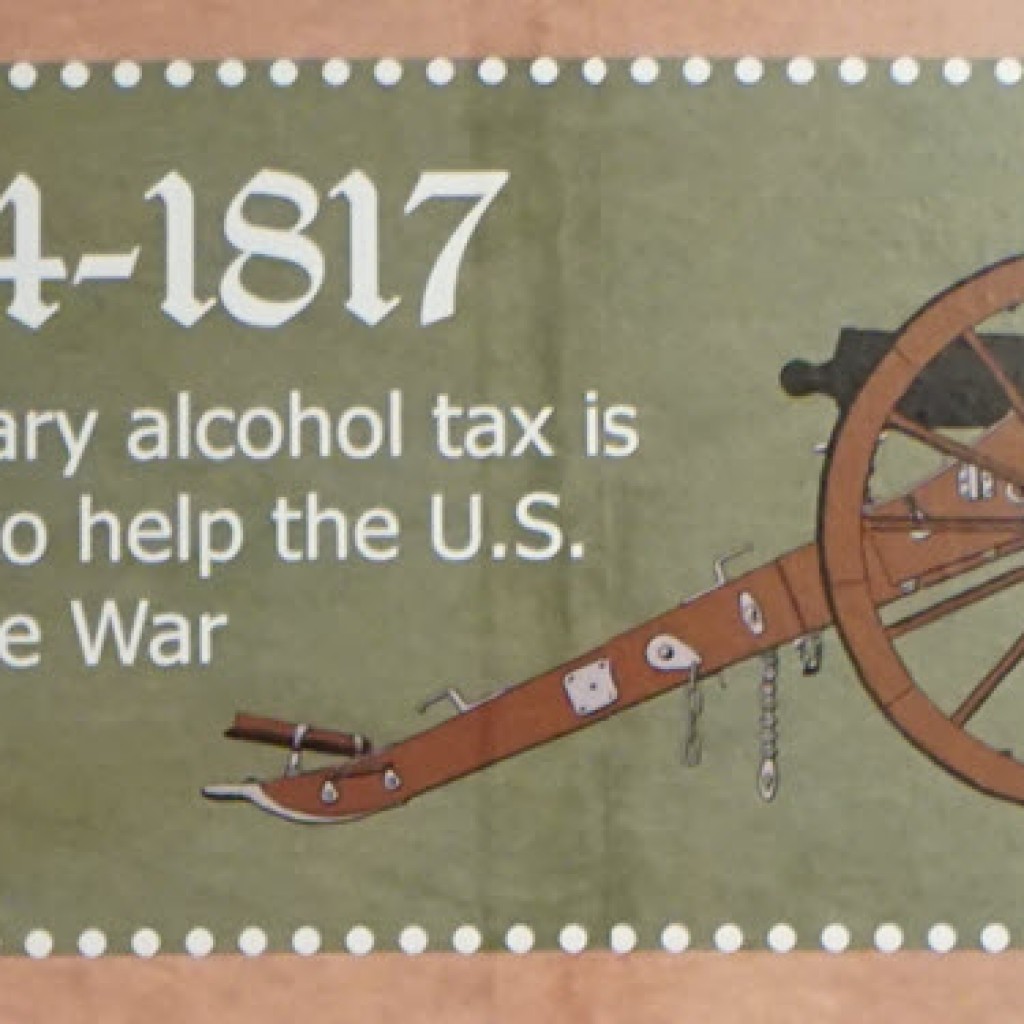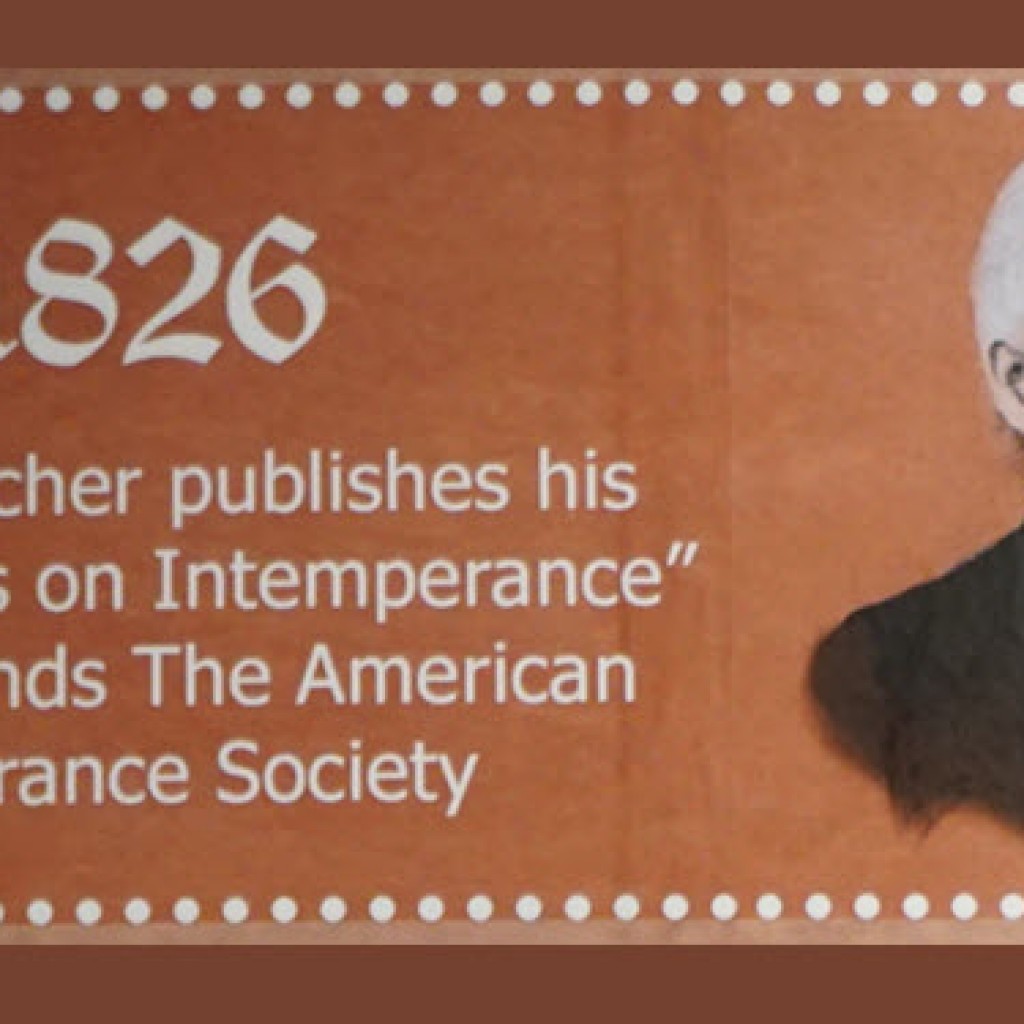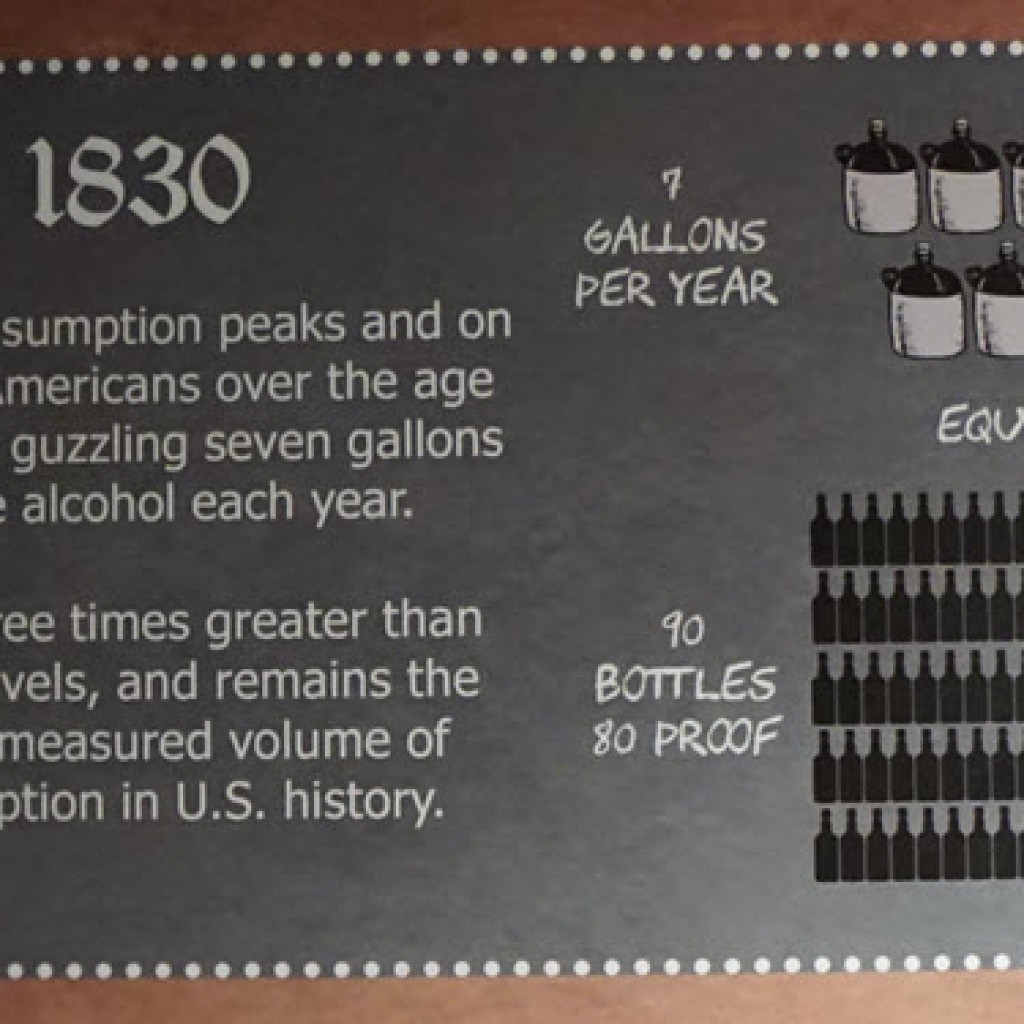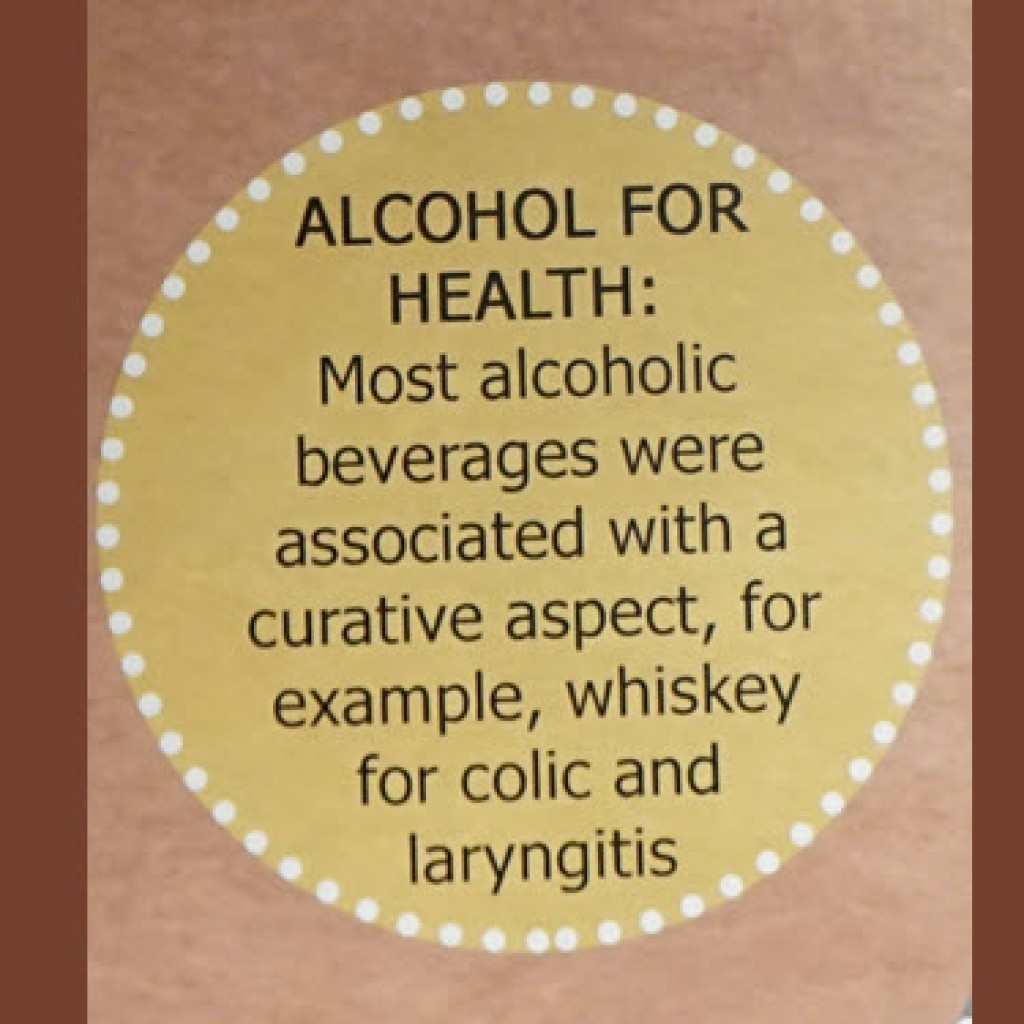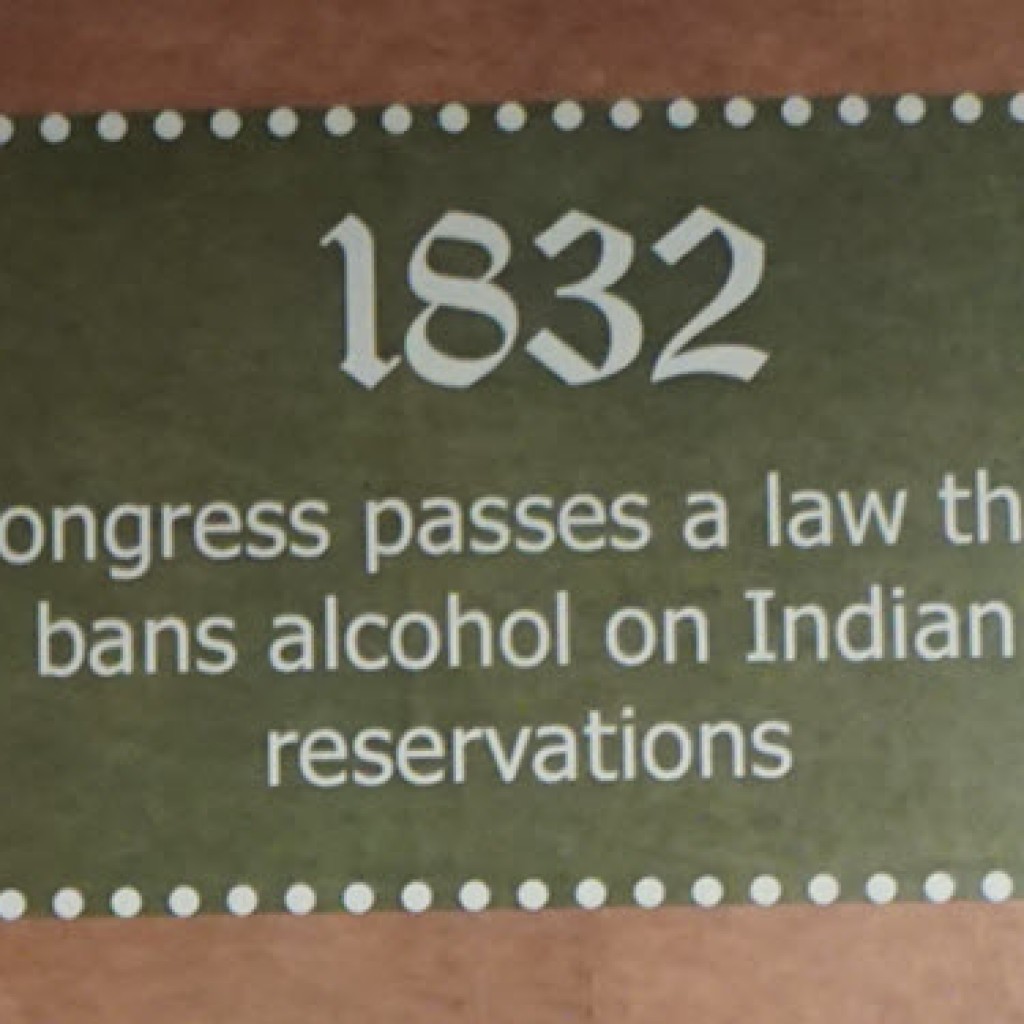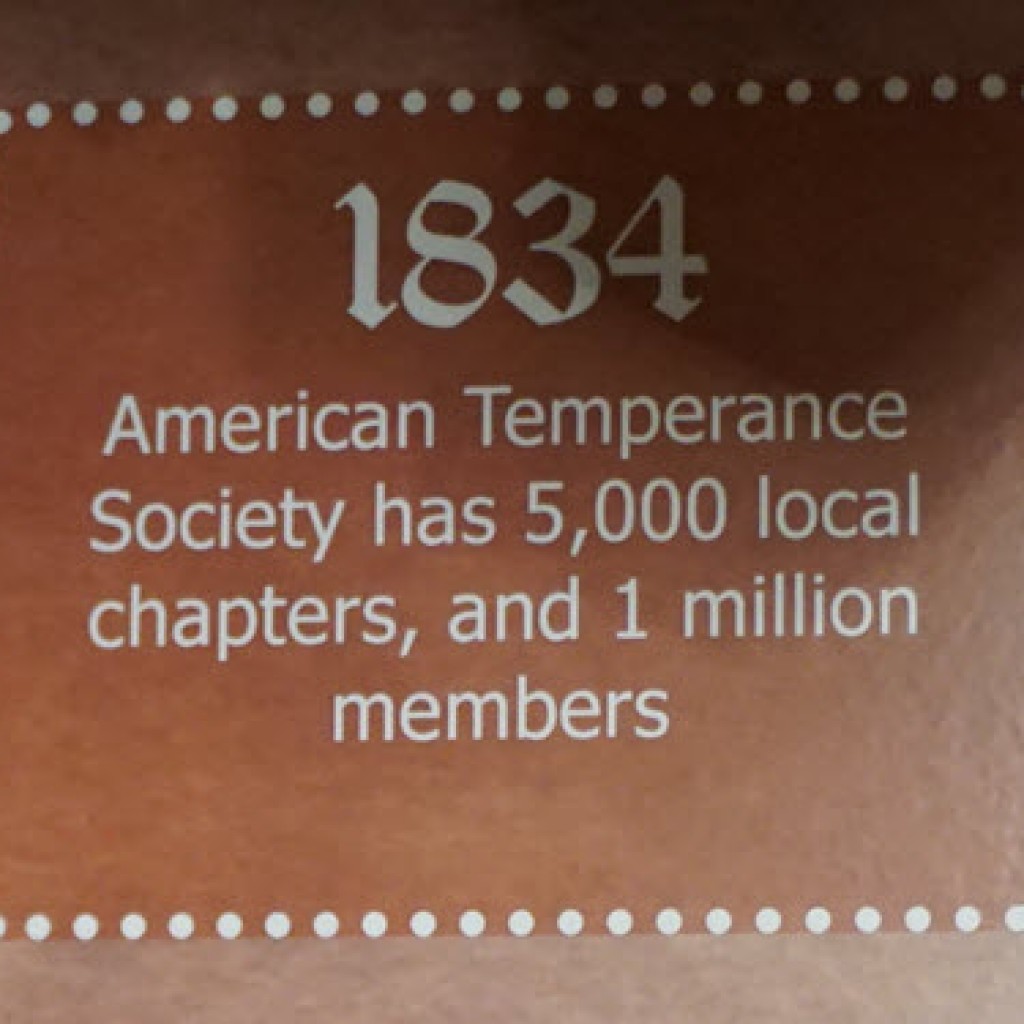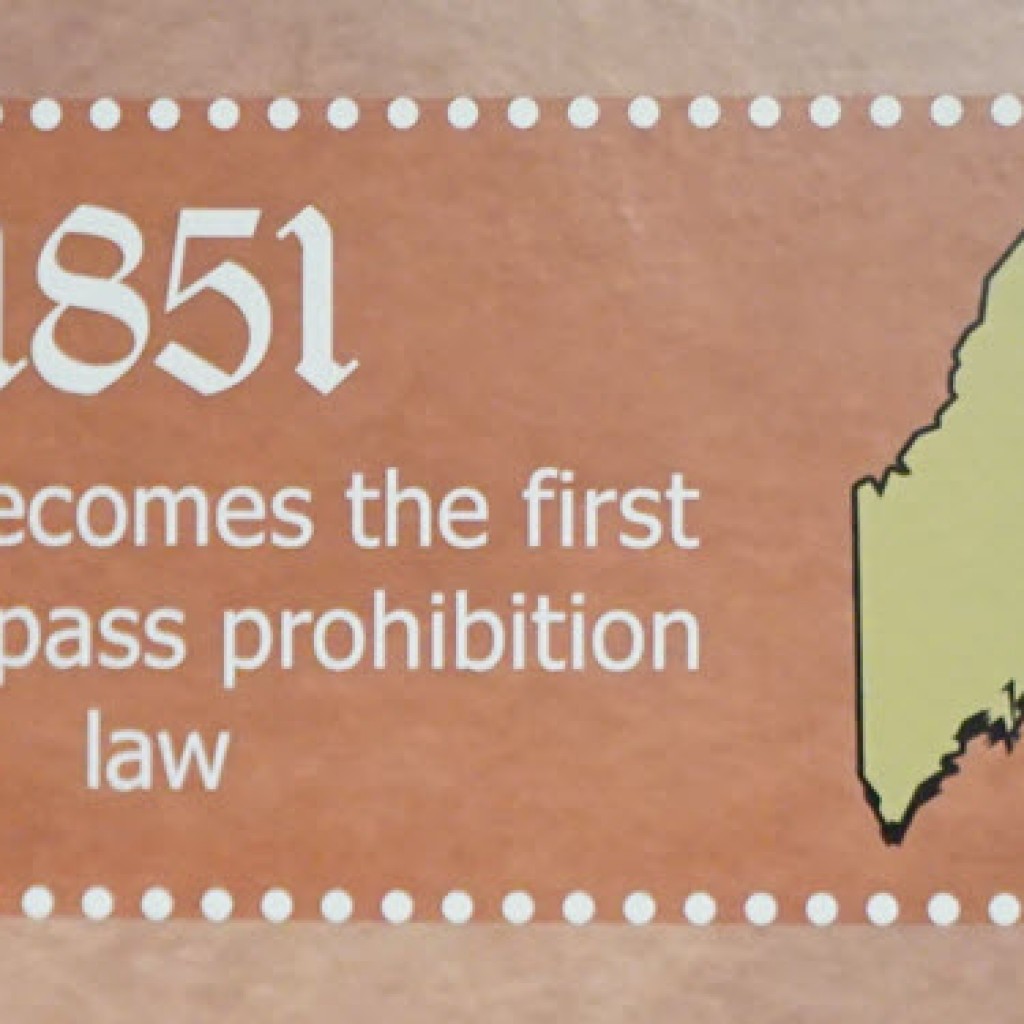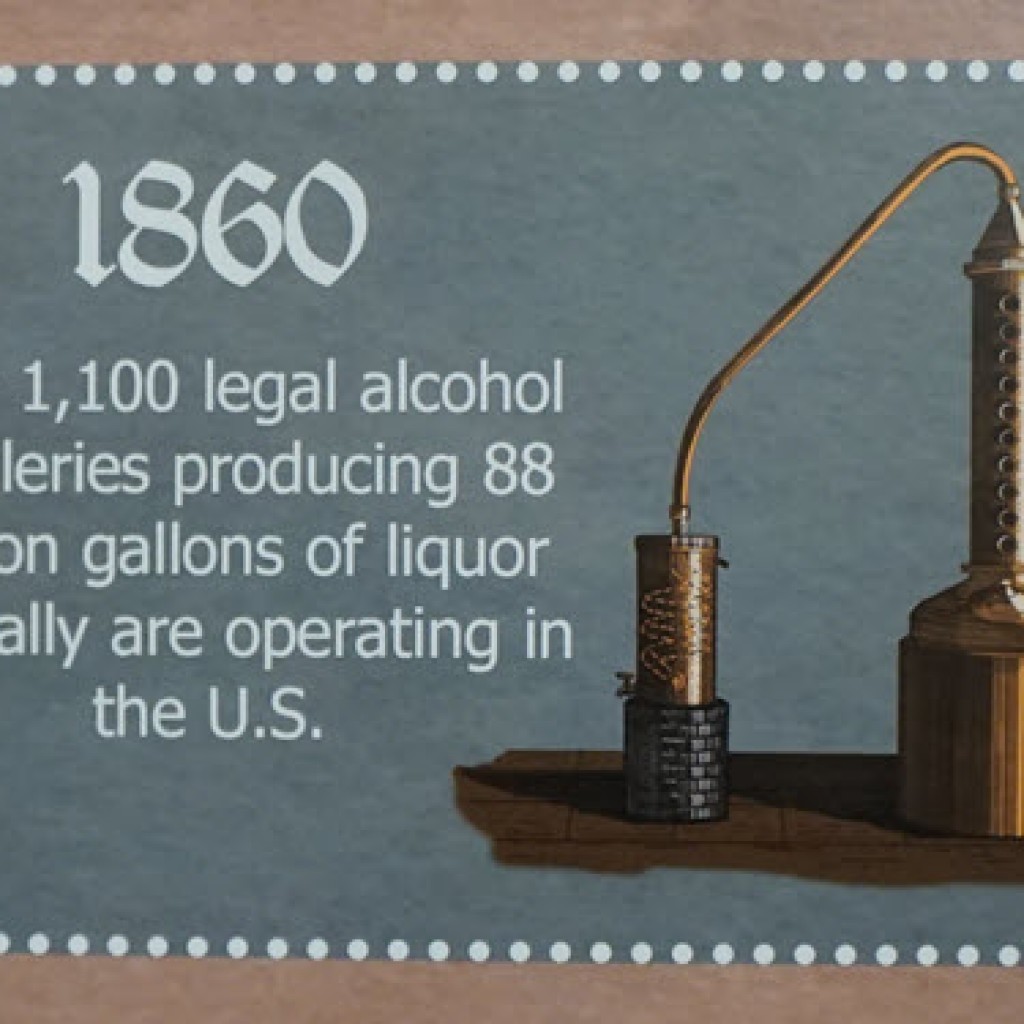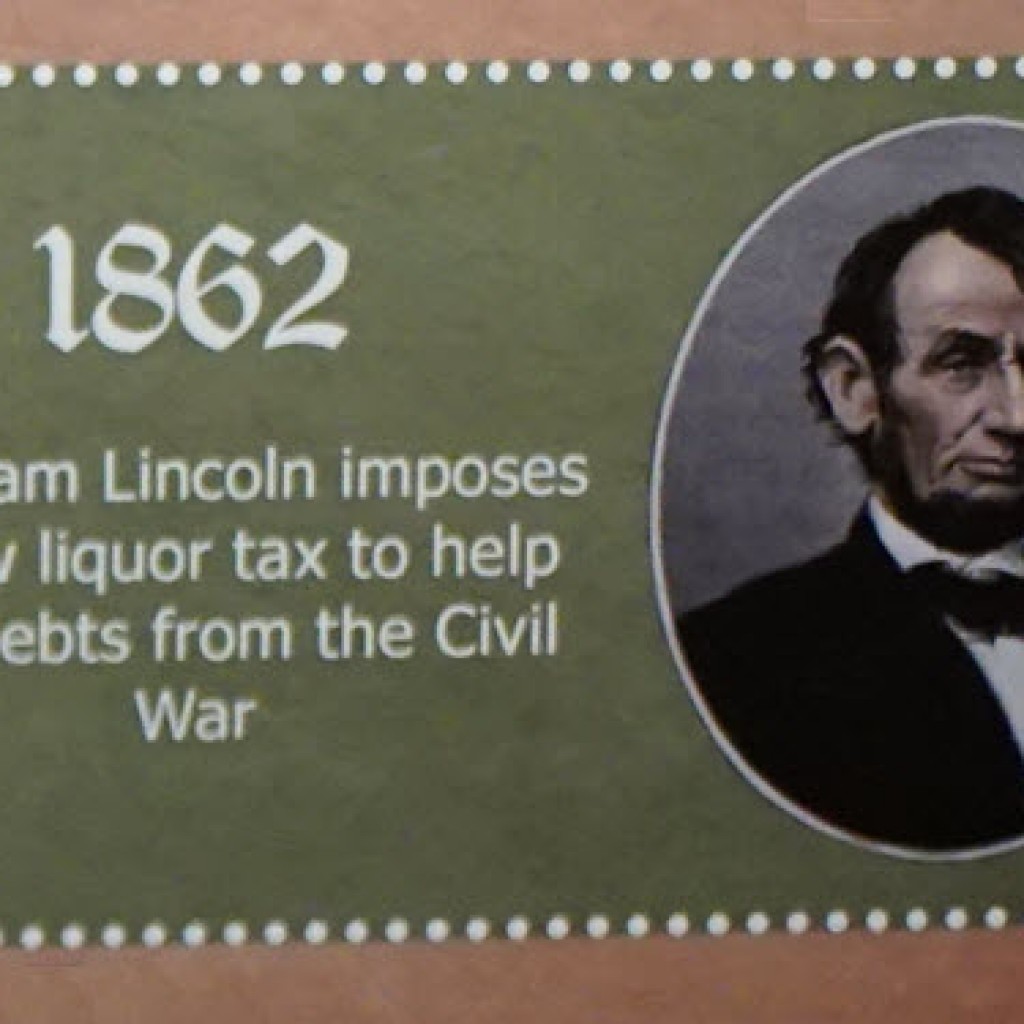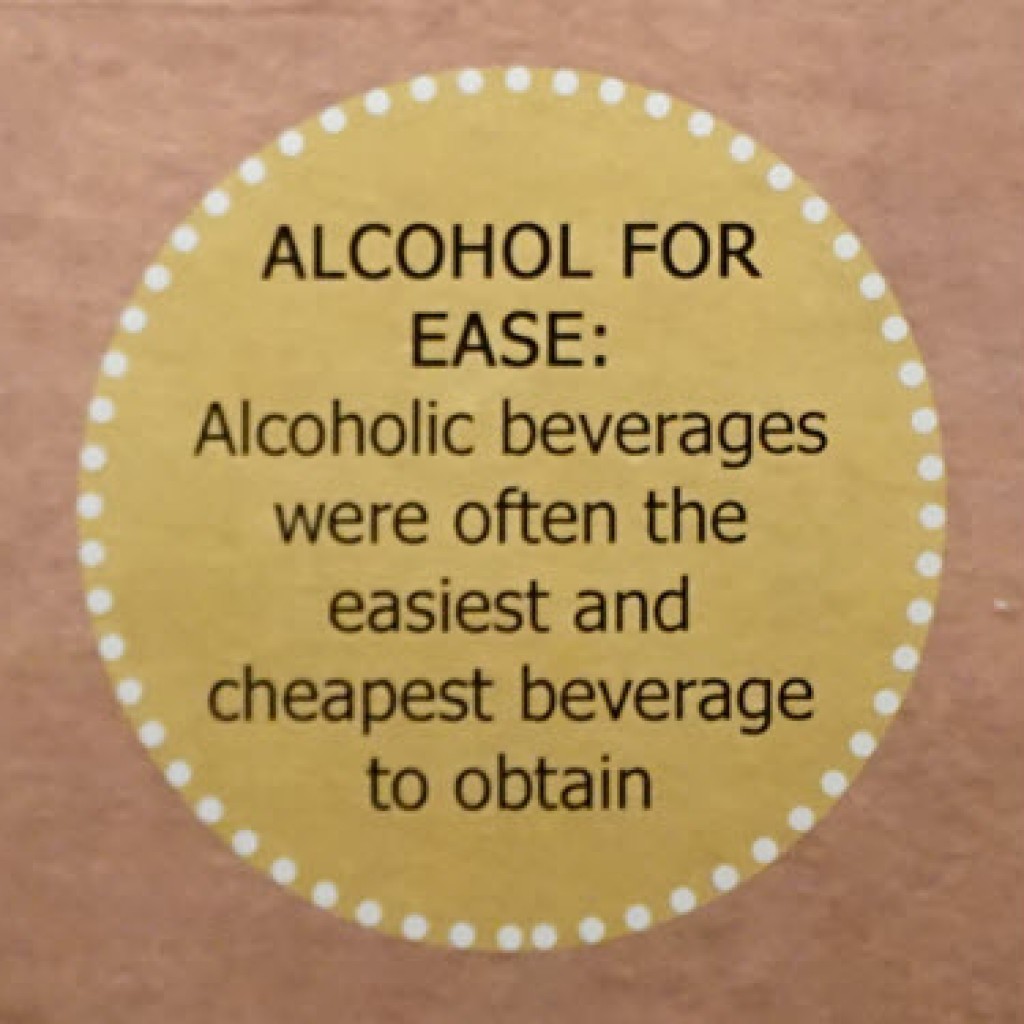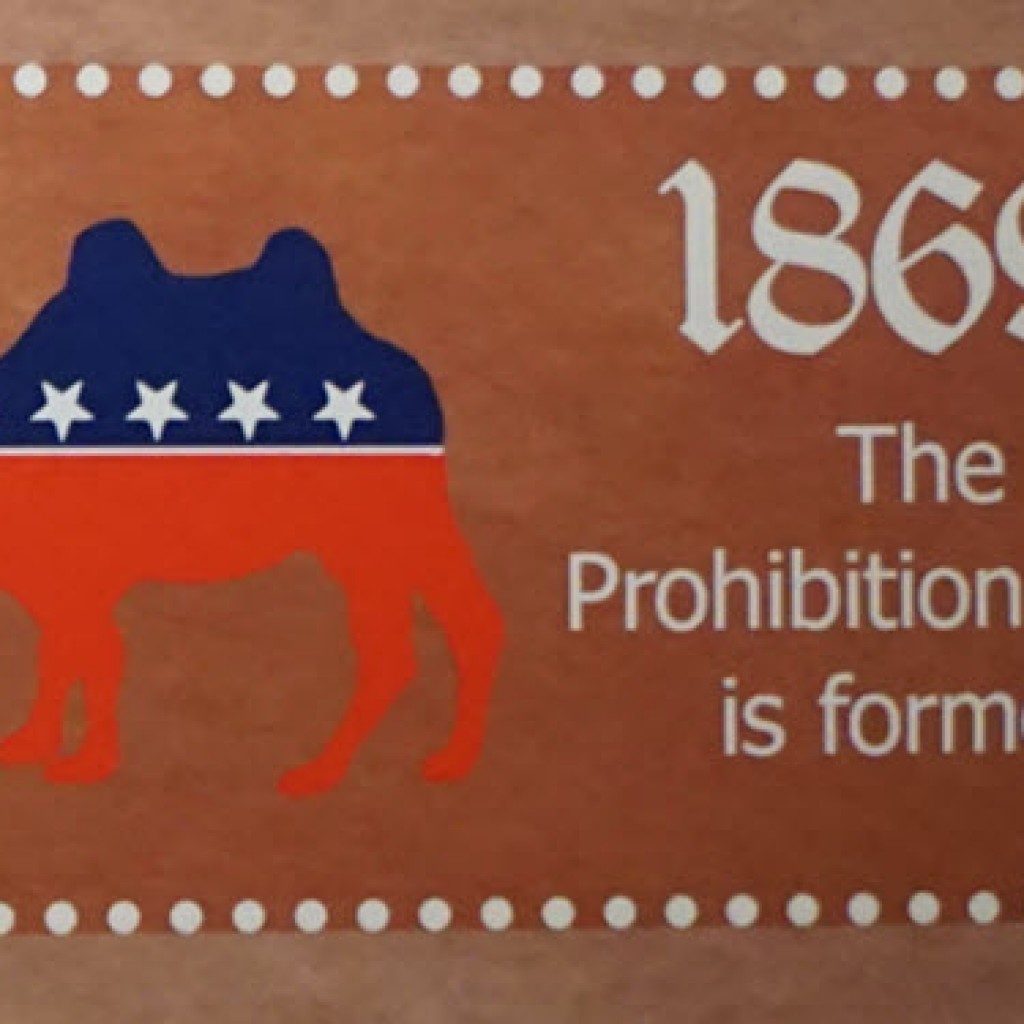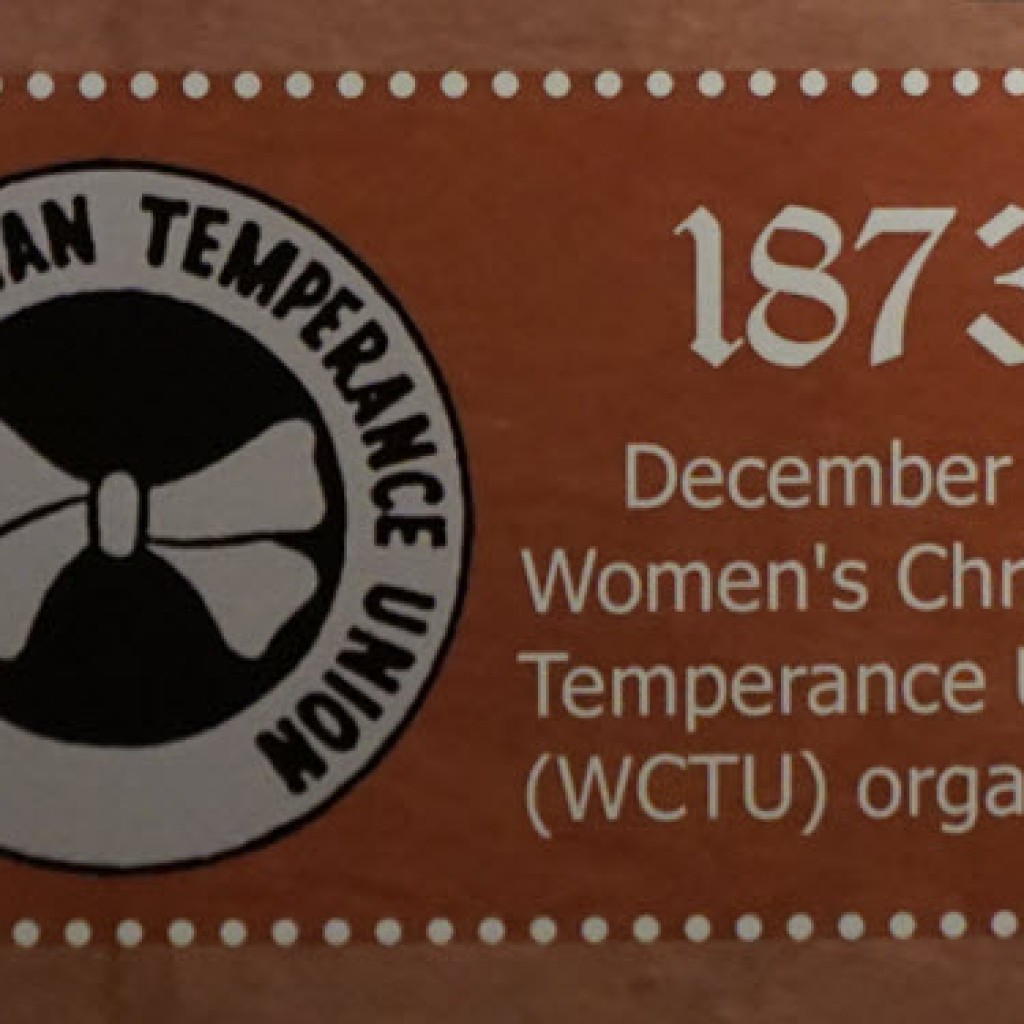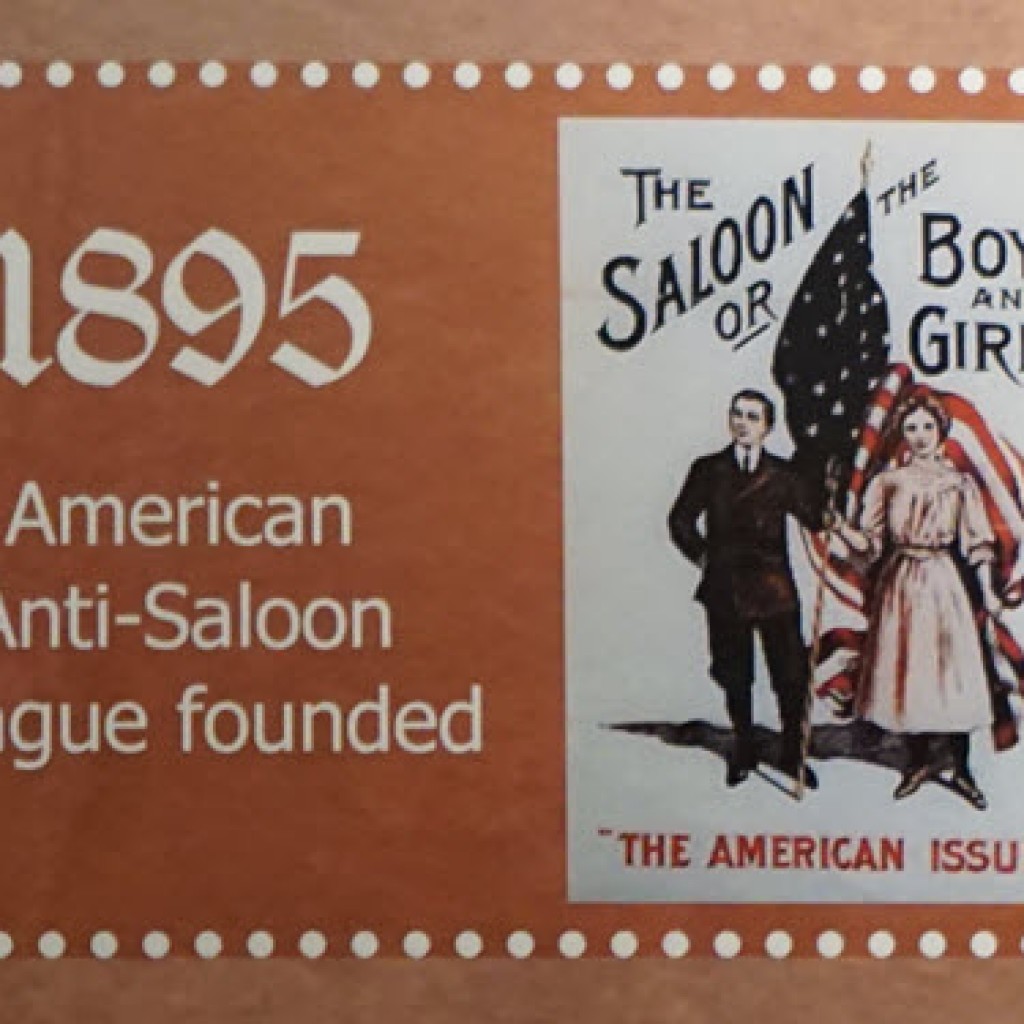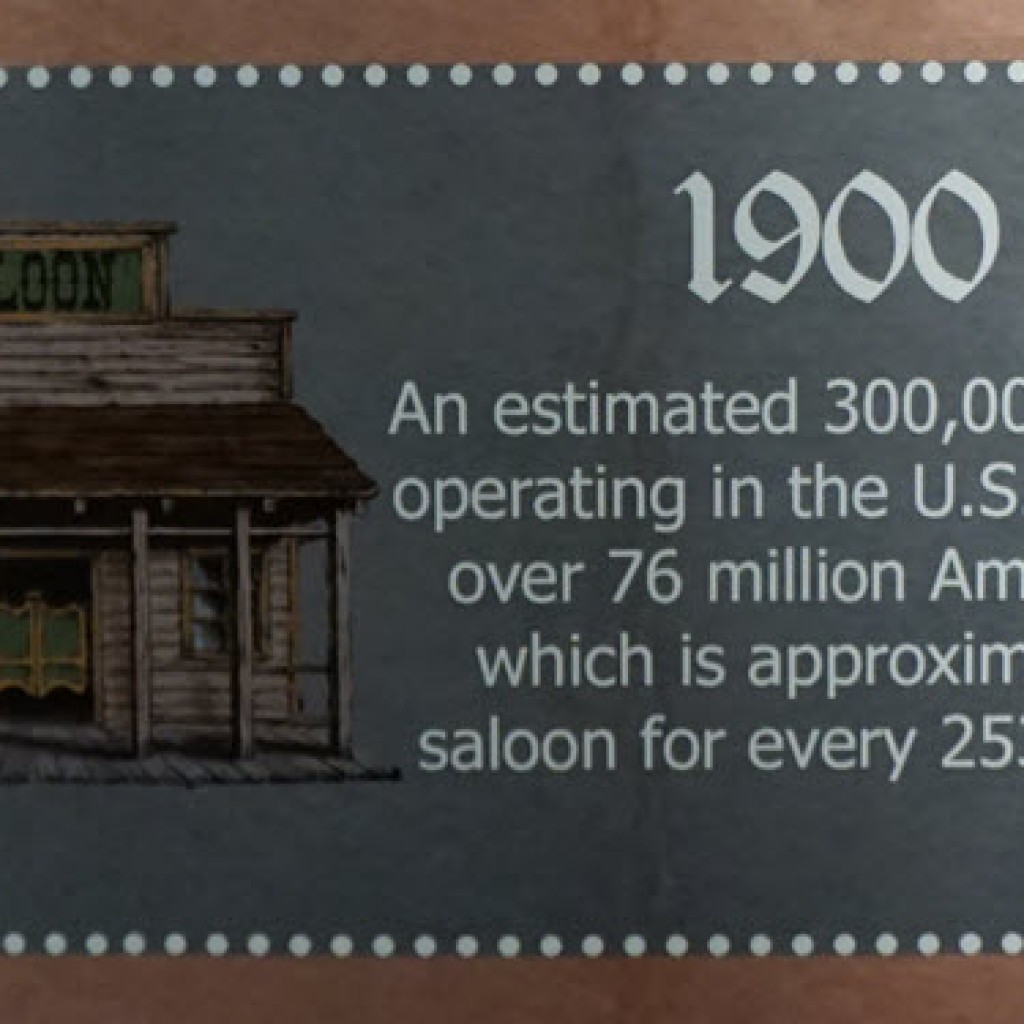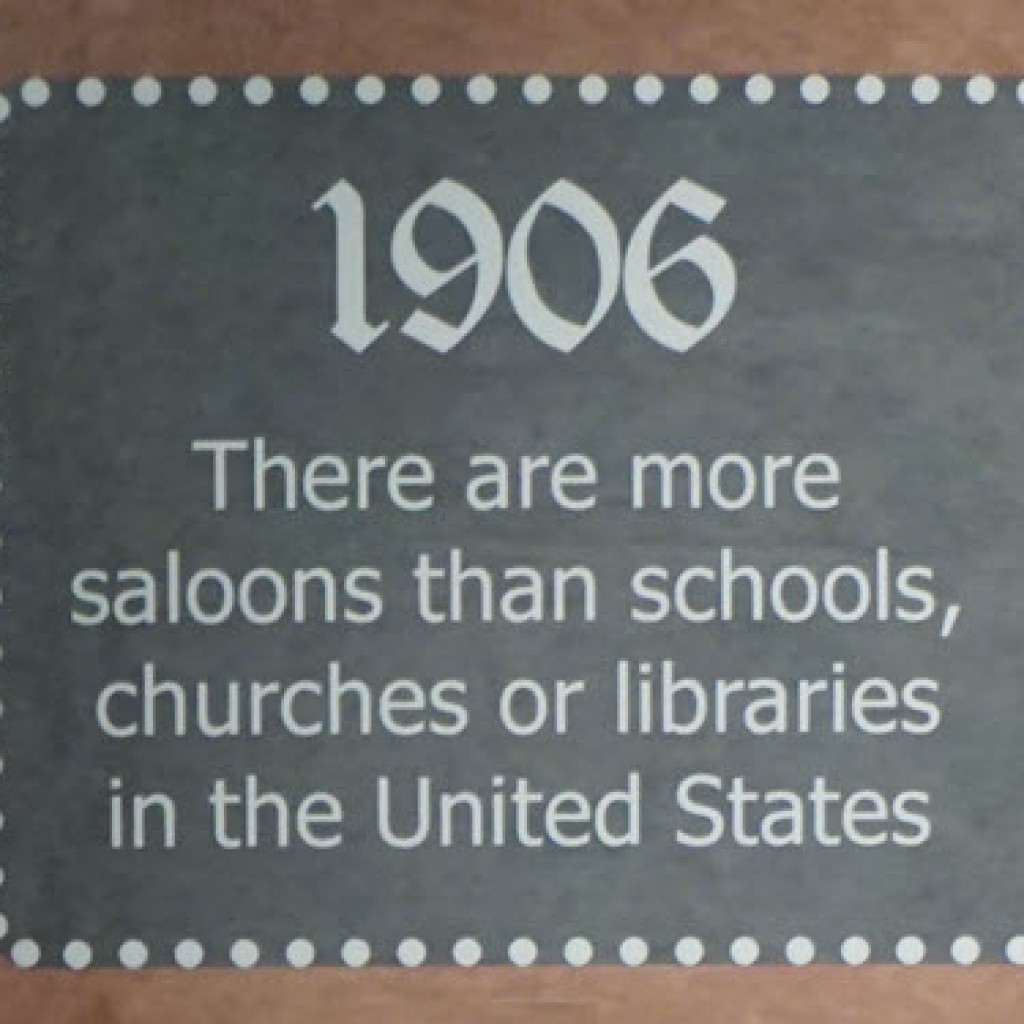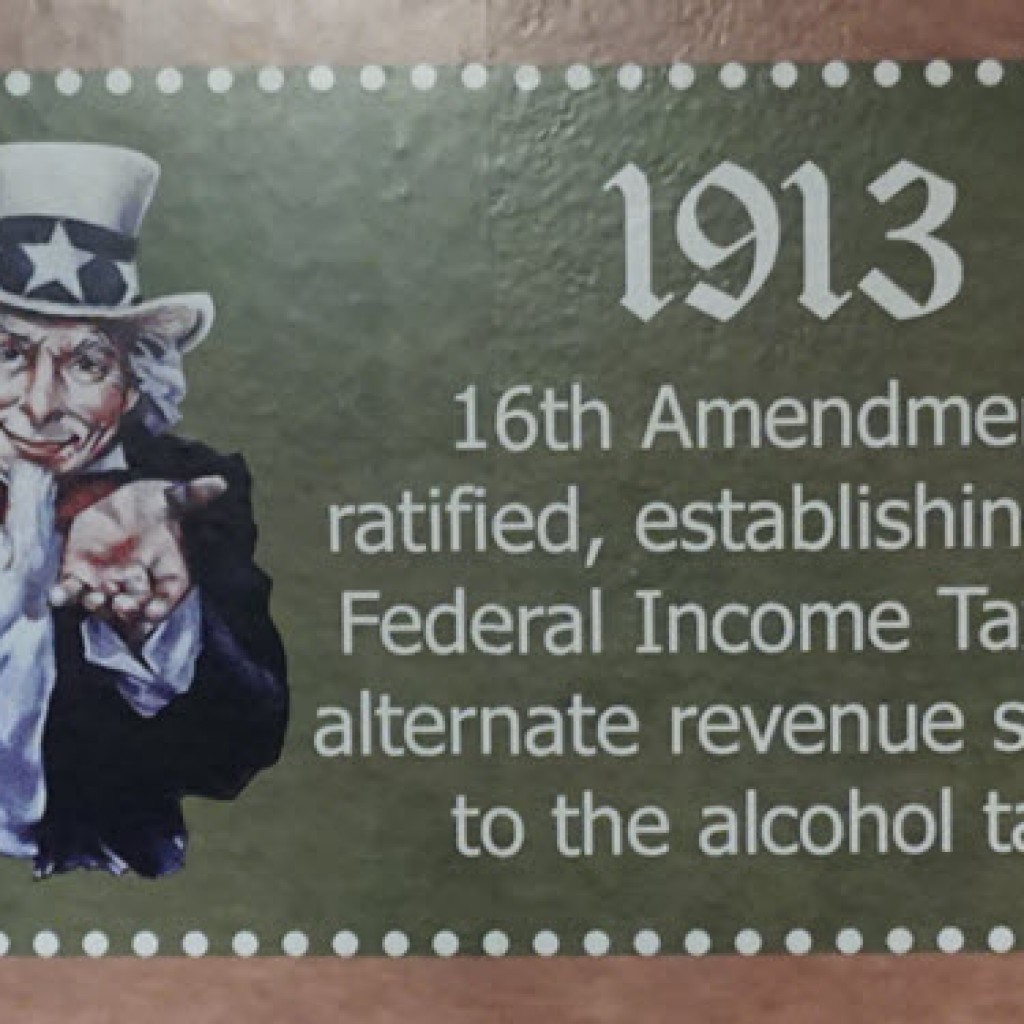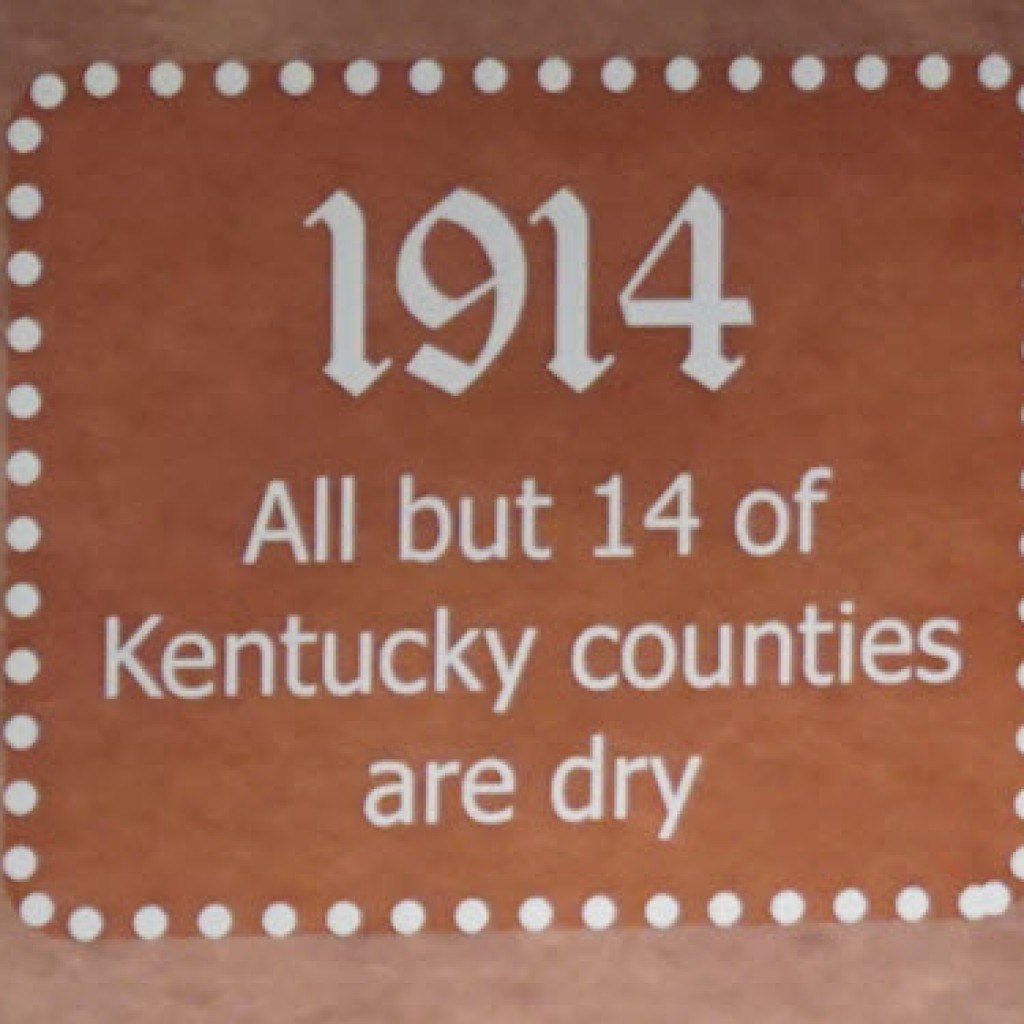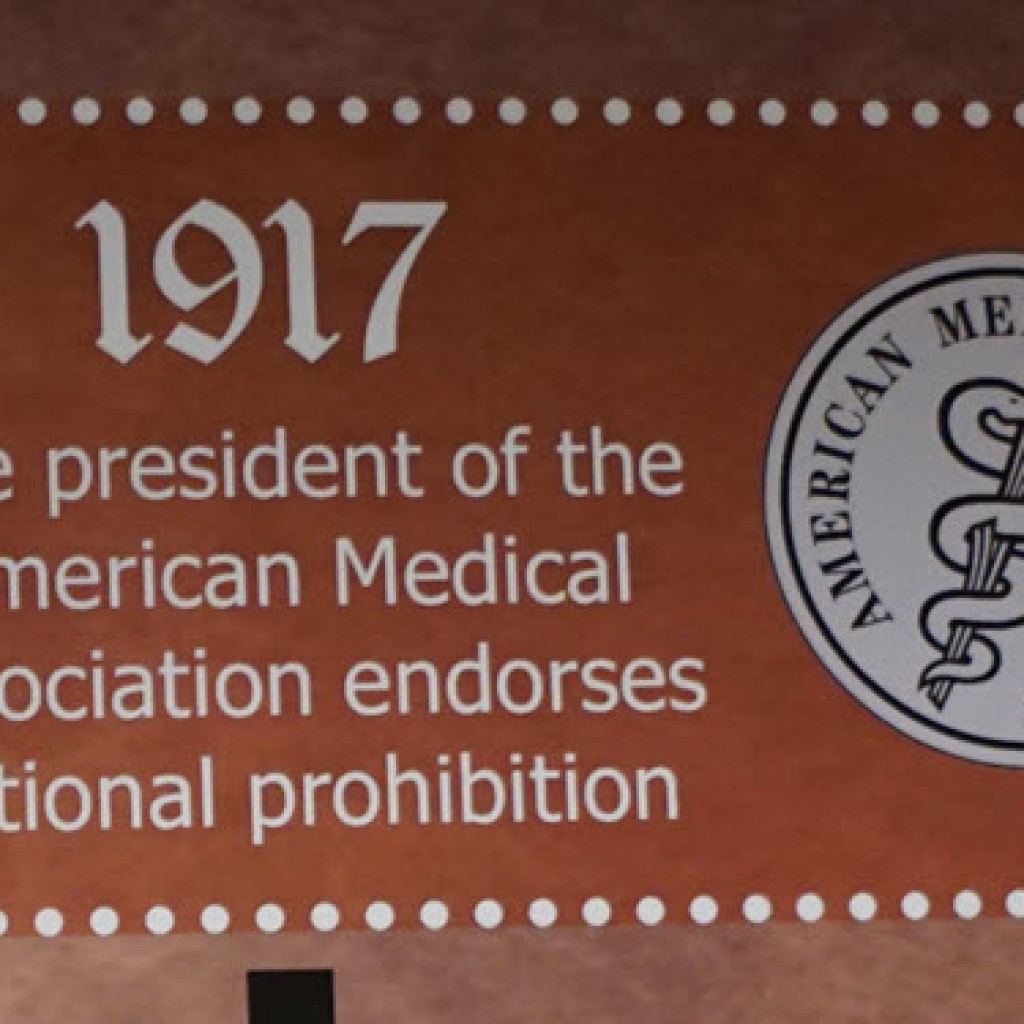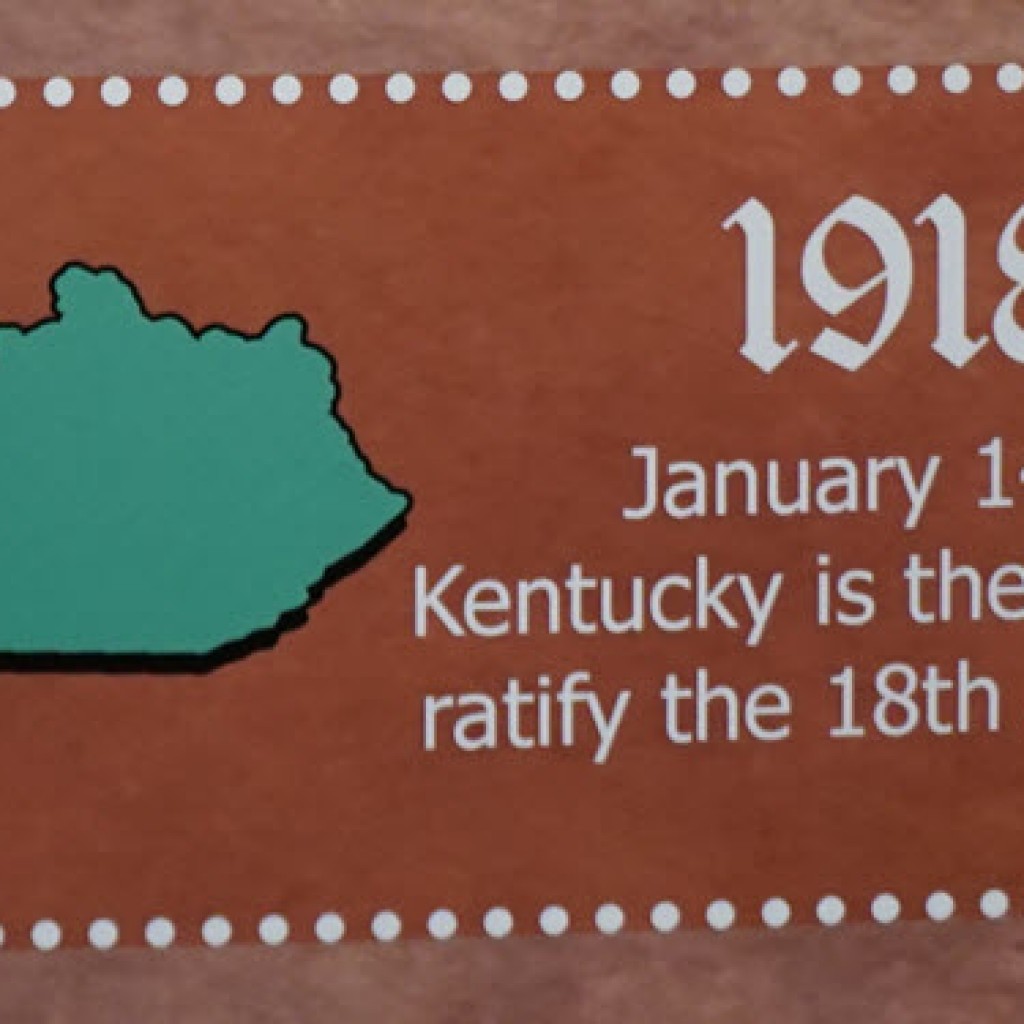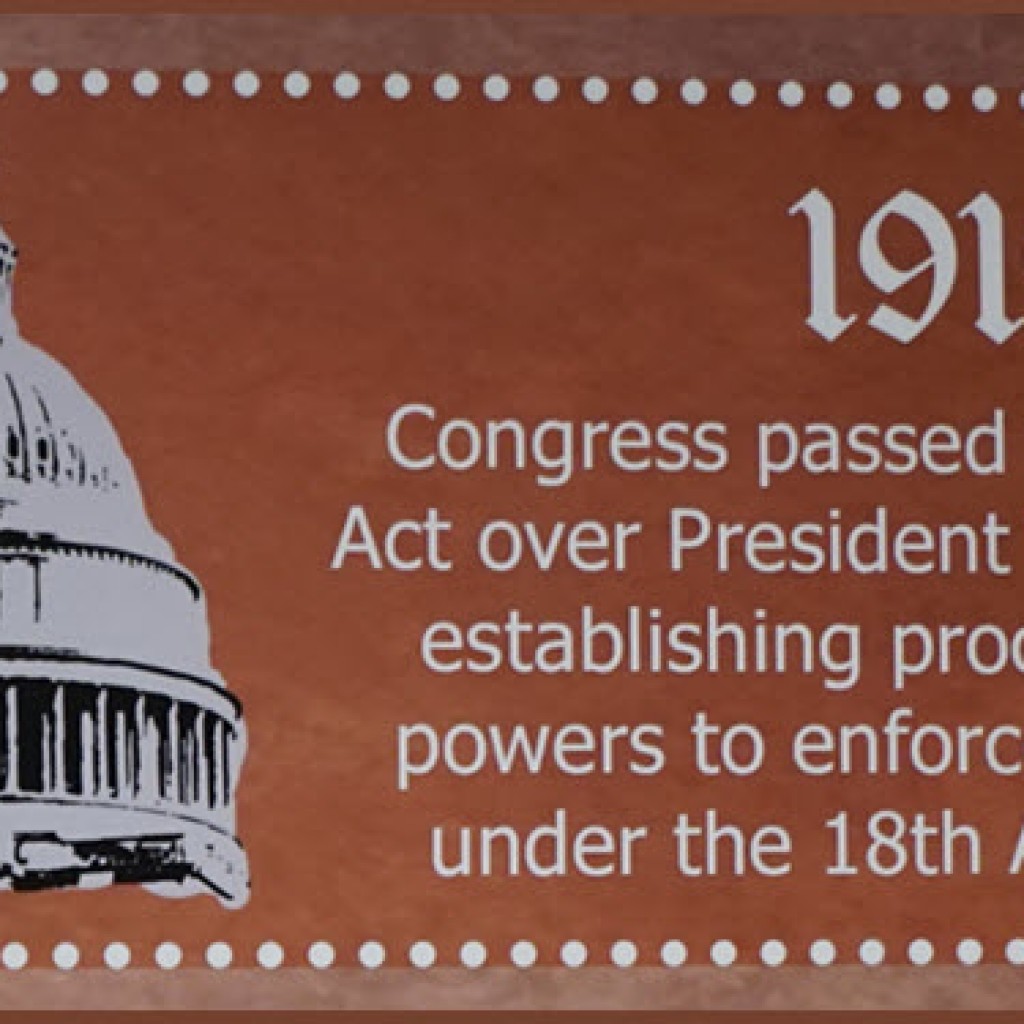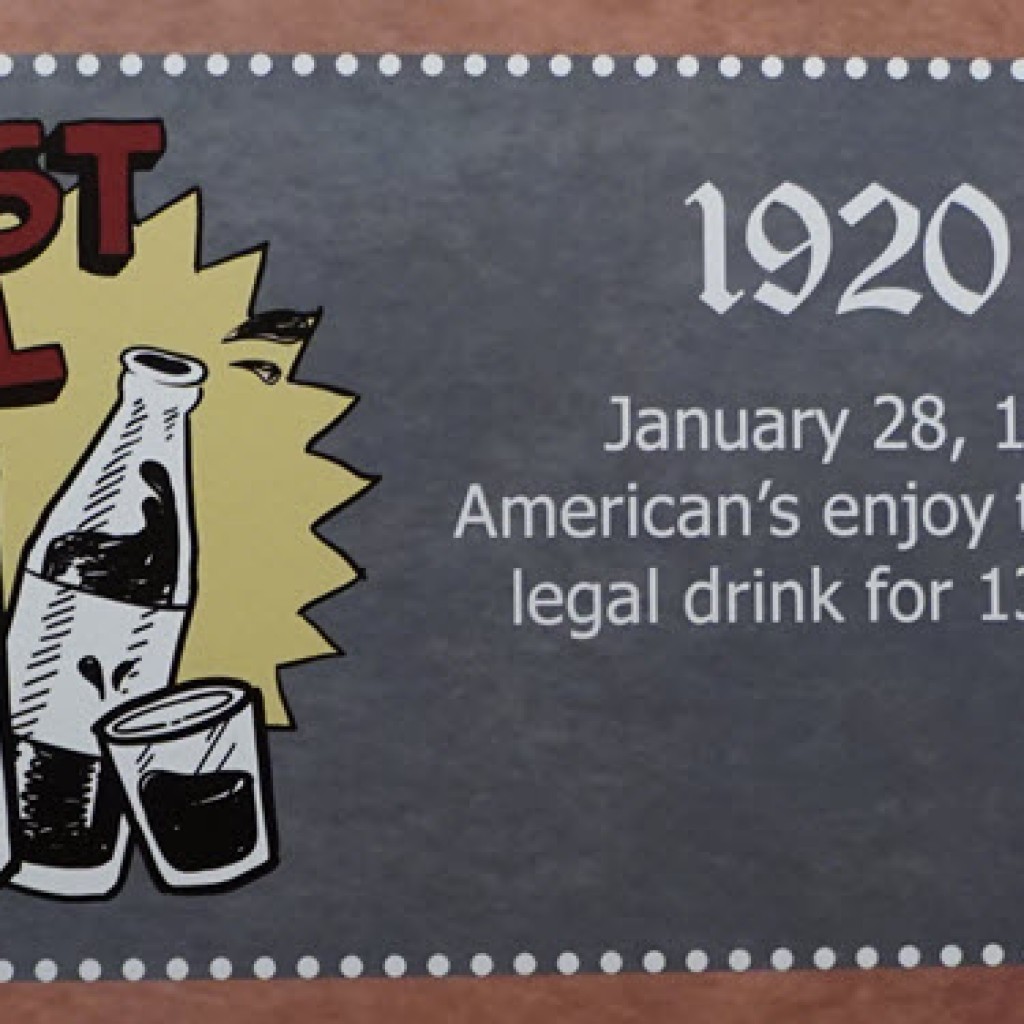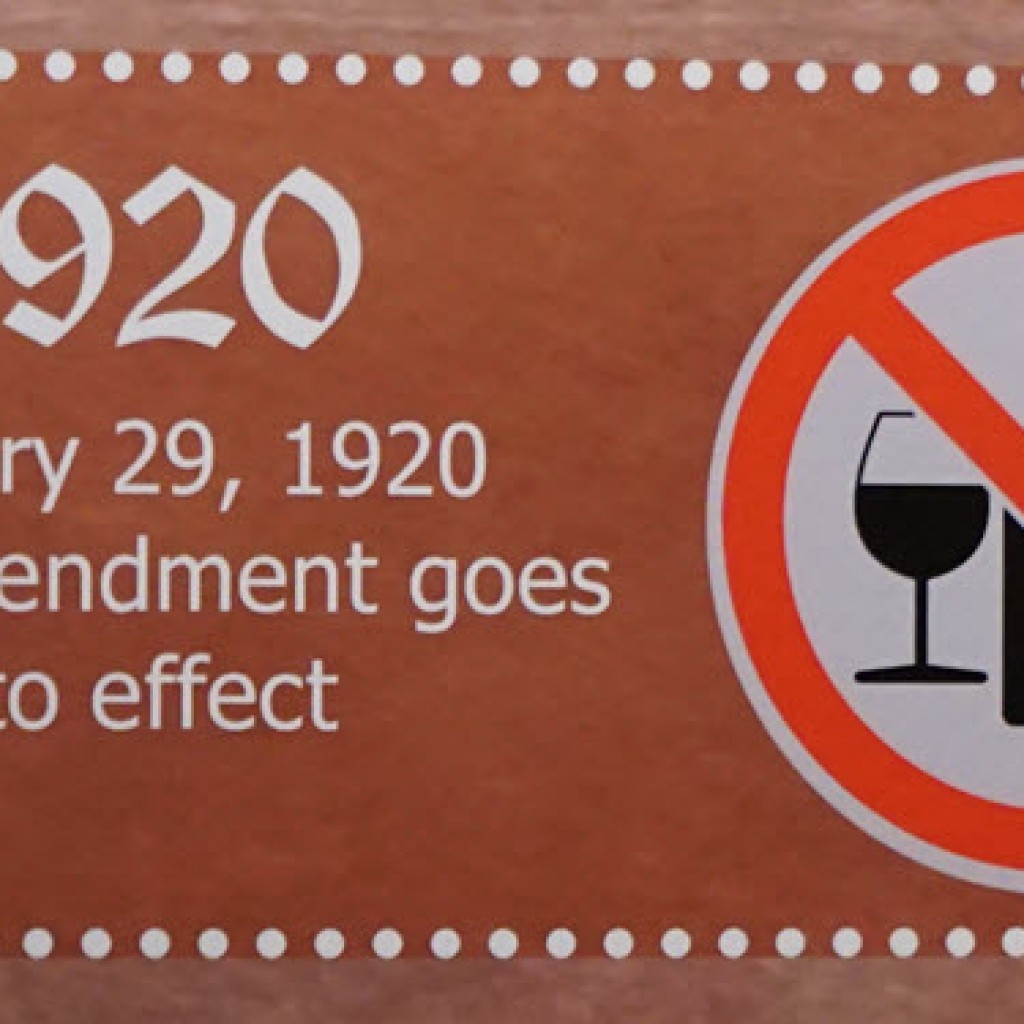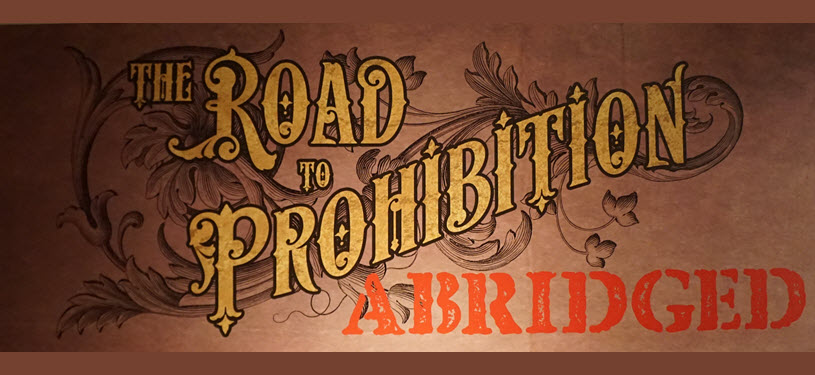
131 years after the first Temperance Society was formed in the United States, the group finally got their way with the ratification of the 18th Amendment – Prohibition. The Frazier History Museum along with the Kentucky Distillers’ Association have gathered together hundreds of historical documents, photographs and artifacts to pull together a wonderful exhibit about the 100+ year journey to Prohibition. It’s called the Spirits of the Bluegrass: Prohibition and Kentucky. One of the many exhibits you can see at the exhibit is a timeline that chronicles the 131 years leading up to that dark day in U.S. history – January 29, 1920.
You can click through on the mural’s image to get a quick view of the entire thing, click on any of the individual images to see a more detailed slideshow of each step in the process and you can read the details further down the page. One thing you’ll notice while reading this story is how often the word “tax” comes up. It seems that taxing alcohol has always been an easy target for the U.S. government. Not much has changed today but, it is rather ironic that during the 13 years that Prohibition was in effect, it cost the U.S. government almost $11 billion (that’s with a B) in lost tax revenue.
Related Stories
Spirits of the Bluegrass: Prohibition Exhibit Opens at Frazier History Museum
Master Distiller Chris Morris Opens “Spirits of the Bluegrass: Prohibition” Exhibit [Video]
The Road to Prohibition: Abridged 1620 to 1920
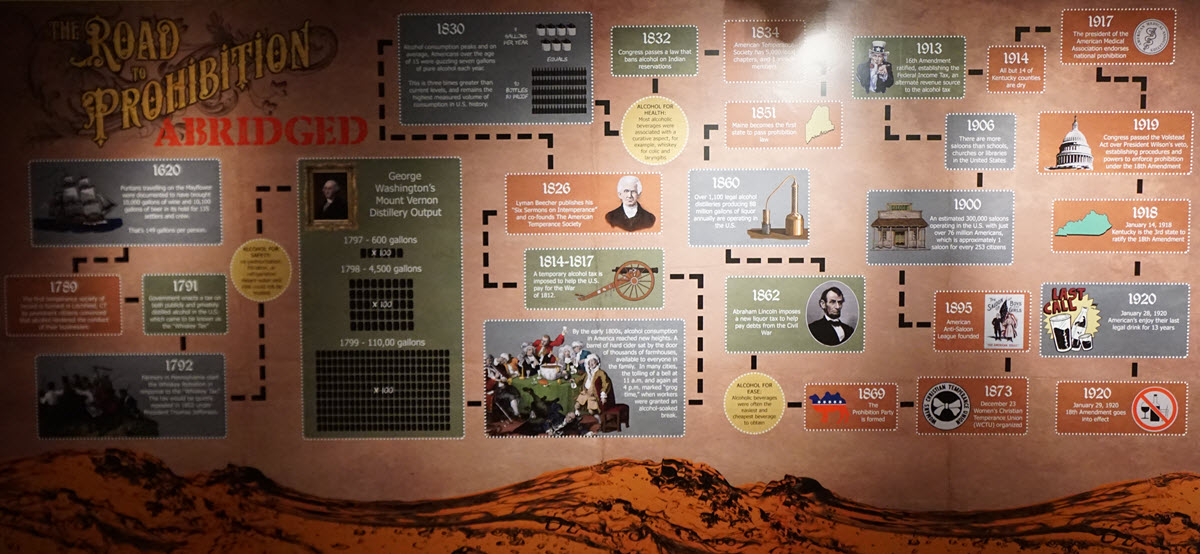

Stay Informed: Sign up here for our Distillery Trail free email newsletter and be the first to get all the latest news, trends, job listings and events in your inbox.
Click through to see a close up of each data point leading up to Prohibition.
The Road to Prohibition: Abridged Timeline
- 1620: Puritans traveling on the Mayflower bring wine and beer to the new country. Enough for 149 gallons per person.
- 1789: The first temperance society of record is formed in Litchfield, CT.
- 1790: The U.S. government enacts a tax on both publicly and privately distilled alcohol which became known as the “Whiskey Tax”
- 1792: In response to the “Whiskey Tax”, farmers in PA start the Whiskey Rebellion. The tax would be quietly repealed in 1802.
- Alcohol for Safety: No pasteurization, filtration, or refrigeration meant water and milk could not be trusted.
- 1797 to 1799: President George Washington’s Mount Vernon Distillery output grows from 600 gallons to 11,000 gallons. The slide shows 110,000 gallons but doing a fact check it appears this number should be 11,000 per year.
- By the early 1800s, reached new heights. In many cities the tolling of a bell at 11am and again at 4pm marked “grog time,” when workers were granted an alcohol break.
- 1814-1817: A temporary alcohol tax is imposed to help pay for the War of 1812
- 1826: Lyman Beecher publishes his “Six Sermons on Intemperance” and co-founds The American Temperance Society.
- 1830: Alcohol consumption peaks and on average, Americans over the age of 15 were imbibing in seven gallons of pure alcohol each year. That number is 3x higher than today.
- Alcohol for Health: Most alcoholic beverages were associated with the curative aspect. For example, whiskey was used for colic and laryngitis. Suddenly, my throat hurts.
- 1832: Congress passes a law that bans alcohol on Indian reservations.
- 1834: American Temperance Society has 5,000 local chapters and 1 million members.
- 1851: The state of Maine becomes the first state to pass prohibition.
- 1860: Over 1,100 legal distilleries producing 88 million gallons of spirits annually are operating in the U.S.
- 1862: Abraham Lincoln imposes a new liquor tax to help pay debts from the Civil War.
- Alcohol for Ease: Alcoholic beverages were often the easiest and cheapest beverage to obtain. Neither of these is true today unless you compare the cost per ounce of printer ink to alcohol.
- 1869: The Prohibition Party is formed.
- 1873: The Women’s Christian Temperance Union is organized.
- 1895: American Anti-Saloon League founded.
- 1900: An estimated 300,000 saloons operating in the U.S. with just over 76 million Americans. That’s approximately one saloon for every 253 people.
- 1906: There are more saloons than schools, churches or libraries in the U.S.
- 1913: 16th Amendment ratified establishing the Federal Income Tax, an alternate source of revenue to the alcohol tax. Don’t you remember the call for celebration back in 2013 for the centennial of the Federal Income Tax? Said no one, EVER!
- 1914: All but 14 counties in Kentucky are dry. In today’s numbers, of 120 counties in Kentucky, 31 are dry, 36 are wet and 53 are moist. Moist meaning one or more cities inside the county have voted to allow alcohol sales, alcohol may be sold at restaurants, golf courses or historic sites and the operation of a winery.
- 1917: The President of the American Medical Association endorses national prohibition. Isn’t it ironic that doctors are said to have netted nearly $40 million by writing prescriptions for medicinal whiskey during prohibition. Coincidence? I think not.
- 1918: January 14 Ky is the 3rd state to ratify the 18th
- 1919: Congress passed the Volstead Act over President Wilson’s veto, establishing procedures and powers to enforce prohibition under the 18th Amendment
- 1920: LAST CALL – January 28 was the last day American’s could drink legally for 13 years
- 1920: January 29 the 18th Amendment goes into effect.
- 1933: On December 5, 1933, the 21st Amendment officially repealed the 18th Amendment – Prohibition. The self imposed decade long drought was finally over.
- 2015: Almost 100 years later, U.S. distillers are still fighting their way through the quagmire of Prohibition era laws that still hamper the industry.
The Spirits of the Bluegrass: Prohibition and Kentucky exhibit runs October 29th, 2015 through 2016. The Frazier History Museum is located at 829 West Main Street on Louisville’s downtown “Museum Row.” The museum is open Monday-Saturday 9:00am to 5:00pm and Sunday, noon to 5:00pm. For more information visit FrazierMuseum.org.

